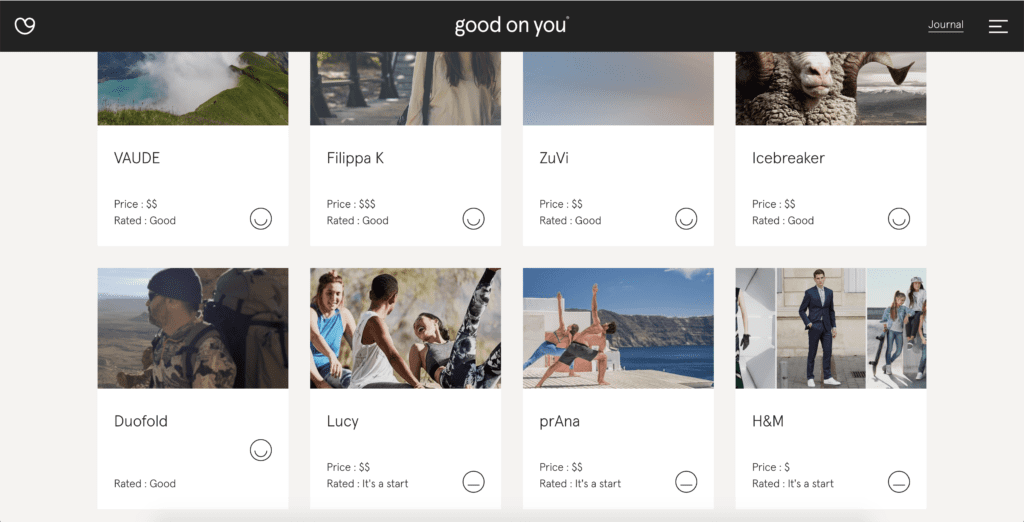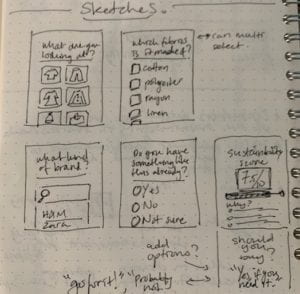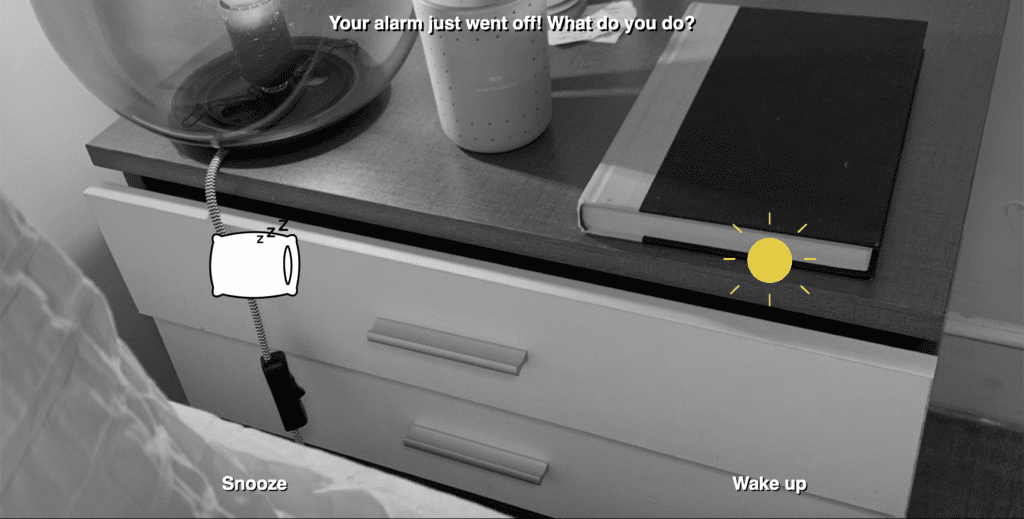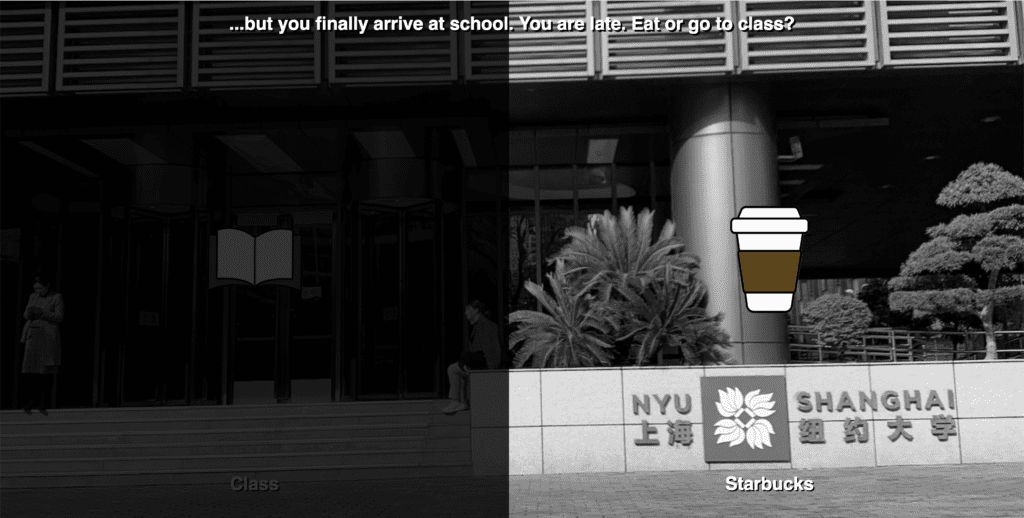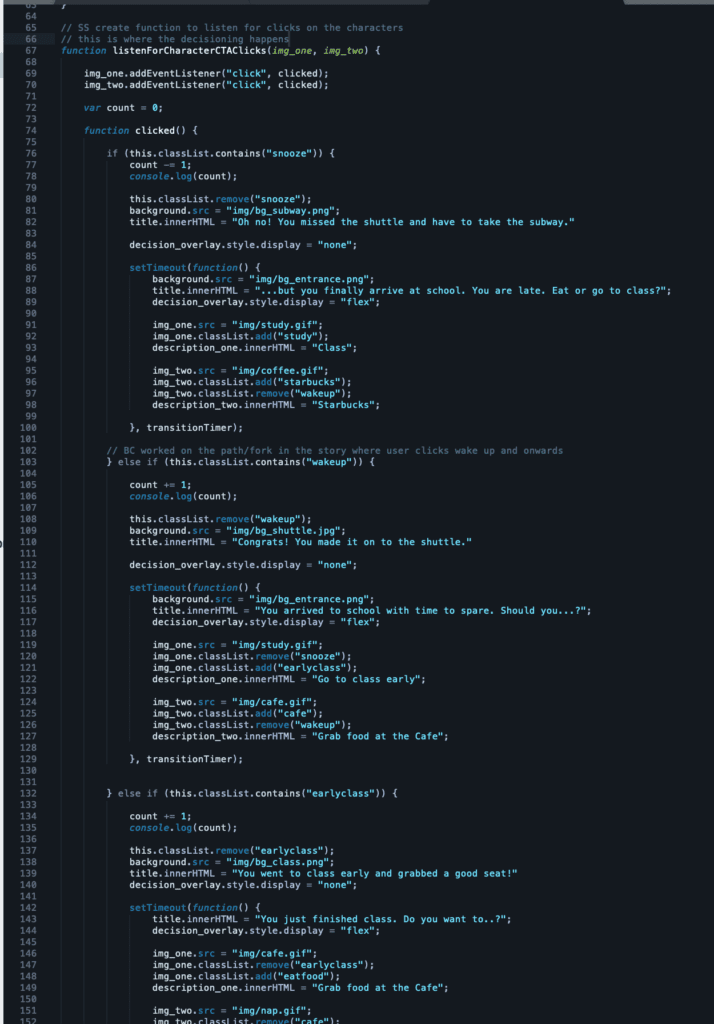I really enjoyed Christine Sun Kim’s presentation. I was intrigued by her last example, where she shows the signs for falling in love, colonization, and enlightenment. The signs were somewhat similar, but mean such different things. To me, sing language feels like a very creative and immersive language. I was also drawn in by Kim’s facial expressions and body language.
Kim made me think about other scenarios where communication goes beyond speech. As a UX researcher, it is important to pay attention to facial expressions and body language because there is a distinct difference between what people say, what people do, and what people say they do. Understanding someone goes beyond listening to what they say. Facial expressions and body language reveal a surprising amount of information about a person: how they feel about what they are saying, if what they are saying is drawn from memory or fabricated, how they feel about you and/or your response. How someone places themselves in a room is also revealing, showing their level of comfort with the space, with you, and with the interaction. I imagine that people who are hard of hearing might pay closer attention to these factors than a hearing person might. As Kim pointed out, she was hyper aware of the reactions that sounds elicit (i.e. slamming a door).
Additionally, I think that Kim brought up a really good point about softness (p) in music with her p tree. You can never really accomplish complete softness, and there is no such thing as pure silence. There is always some kind of noise or vibration. We do not exist in a vacuum and you cannot escape your own thoughts. While “silence” can be uncomfortable, it is sometimes necessary. (We are also mindful of this during user interviews or usability testing. The researcher should never jump to fill the silence.)
Kim’s presentation also reminded me of the TV show Switched at Birth, where some of the characters are hard of hearing and where some of the hearing characters learn ASL. The show addresses some of the concerns around societal barriers and inclusivity. The hard of hearing community has to find ways to “fit in” to the hearing world. Society should be more empathetic than that… This show made me think about the world we live in and how it makes a lot of assumptions about the humans functioning in it. Anyway, sign language is a beautiful language, and it does indeed have a music of its own by using space, movement, and emotion.
